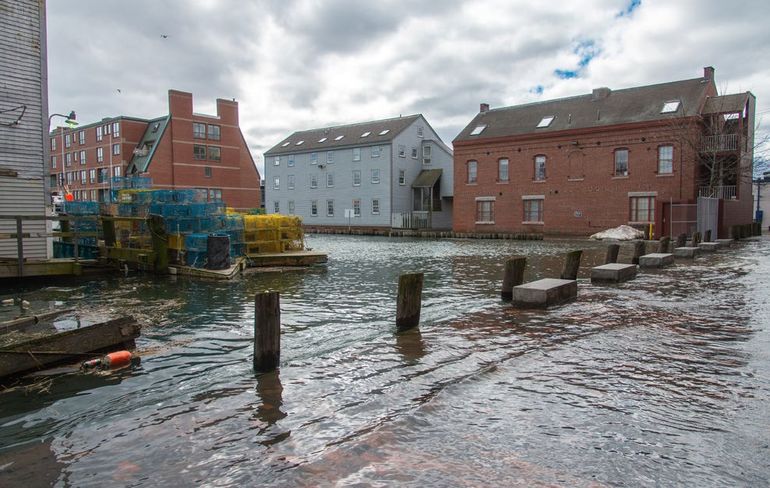Processing Your Payment
Please do not leave this page until complete. This can take a few moments.
- News
-
Editions
-
- Lists
-
Viewpoints
-
Our Events
-
Event Info
- Women's Leadership Forum 2025
- On the Road with Mainebiz in Bethel
- Health Care Forum 2025
- On The Road with Mainebiz in Greenville
- On The Road with Mainebiz in Waterville
- Small Business Forum 2025
- Outstanding Women in Business Reception 2025
- On The Road with Mainebiz in Bath
- 60 Ideas in 60 Minutes Portland 2025
- 40 Under 40 Awards Reception 2025
- On The Road with Mainebiz in Lewiston / Auburn
- 60 Ideas in 60 Minutes Bangor 2025
Award Honorees
- 2025 Business Leaders of the Year
- 2024 Women to Watch Honorees
- 2024 Business Leaders of the Year
- 2023 NextUp: 40 Under 40 Honorees
- 2023 Women to Watch Honorees
- 2023 Business Leaders of the Year
- 2022 NextUp: 40 Under 40 Honorees
- 2022 Women to Watch Honorees
- 2022 Business Leaders of the Year
-
-
Calendar
-
Biz Marketplace
- News
- Editions
- Lists
- Viewpoints
-
Our Events
Event Info
- View all Events
- Women's Leadership Forum 2025
- On the Road with Mainebiz in Bethel
- Health Care Forum 2025
- On The Road with Mainebiz in Greenville
- On The Road with Mainebiz in Waterville
- + More
Award Honorees
- 2025 Business Leaders of the Year
- 2024 Women to Watch Honorees
- 2024 Business Leaders of the Year
- 2023 NextUp: 40 Under 40 Honorees
- 2023 Women to Watch Honorees
- 2023 Business Leaders of the Year
- + More
- 2022 NextUp: 40 Under 40 Honorees
- 2022 Women to Watch Honorees
- 2022 Business Leaders of the Year
- Nomination Forms
- Calendar
- Biz Marketplace
Rising tides: Greater Portland Landmarks IDs areas at risk from sea level rise
 Courtesy / Corey Templeton
Flooding at Custom House Wharf during high tide in 2018.
Courtesy / Corey Templeton
Flooding at Custom House Wharf during high tide in 2018.
More Information
Greater Portland Landmarks has completed a survey of historic structures at risk for sea level rise in Portland and South Portland.
“Staying Above Water, a Property Owner’s Guide” is a free, downloadable reference that discusses structures and neighborhoods at risk, what to look for and potential solutions.
Much of Greater Portland and the state as a whole is susceptible to the consequences of sea level rise, the guide says.
“Many of Greater Portland’s most treasured prehistoric and historic sites sit along the coast and its intersecting rivers and streams — areas at high risk because of rising sea levels and extreme weather events,” according to the GPL guide.
Sites include historic seaside communities, residential, commercial and industrial neighborhoods, wharves, forts, lighthouses, and 2,000 documented shell middens.
Portland’s waterfront and Bayside neighborhoods already see recurrent flooding during extreme rain events and king tides.
“As the Gulf of Maine’s water temperature rises faster than other oceans, predictions point to increased recurrent flooding in the near future,” the guide says.
The survey projects that communities such as Ferry Village, Higgins Beach, Pine Point, Prouts Neck, the Portland waterfront, and Portland’s Bayside and Stroudwater neighborhoods are likely to be severely impacted by sea level rise and storm surges.
“The damage and destruction of local historic landmarks and sites due to climate risks will be detrimental to Greater Portland’s character and sense of collective history,” the guide states.
To date, Greater Portland Landmarks has documented over 400 homes and commercial buildings in three neighborhoods prone to recurrent flooding and at risk from the impacts of sea level rise in Greater Portland: Bayside, the working waterfront in Portland and Ferry Village in South Portland. The organization has documented their historic characteristics, as well as the features that may make each building vulnerable to flooding or increased storm intensity.
“Maine’s historic resources are already being impacted by recurrent flooding and increased storm severity,” the guide says. “We need to take immediate action to ensure the long-term preservation of our historic neighborhoods, buildings, and archaeological sites.”
Experts predict there is a 27% risk of a flood event in Greater Portland over 5 feet by 2050: “A flood event of that magnitude would impact historic and non-historic buildings valued at over $222 million.”
The highest recorded flood event in Portland so far was 4.22 feet in 1978.
No matter the budget, there are practical measures that can be taken to harden a historic building against disasters, according to the guide, which provides strategies for mitigation, resilience and adaptation. Some vulnerabilities are not expensive to correct, while other solutions may cost more money.
Solutions include measures such as floodproofing; elevating buildings, wells and cisterns; cool roofs made of materials that reflect sunlight and absorb less heat and permeable pavers and rain gardens to absorb water.
To view the guide, click here.









0 Comments